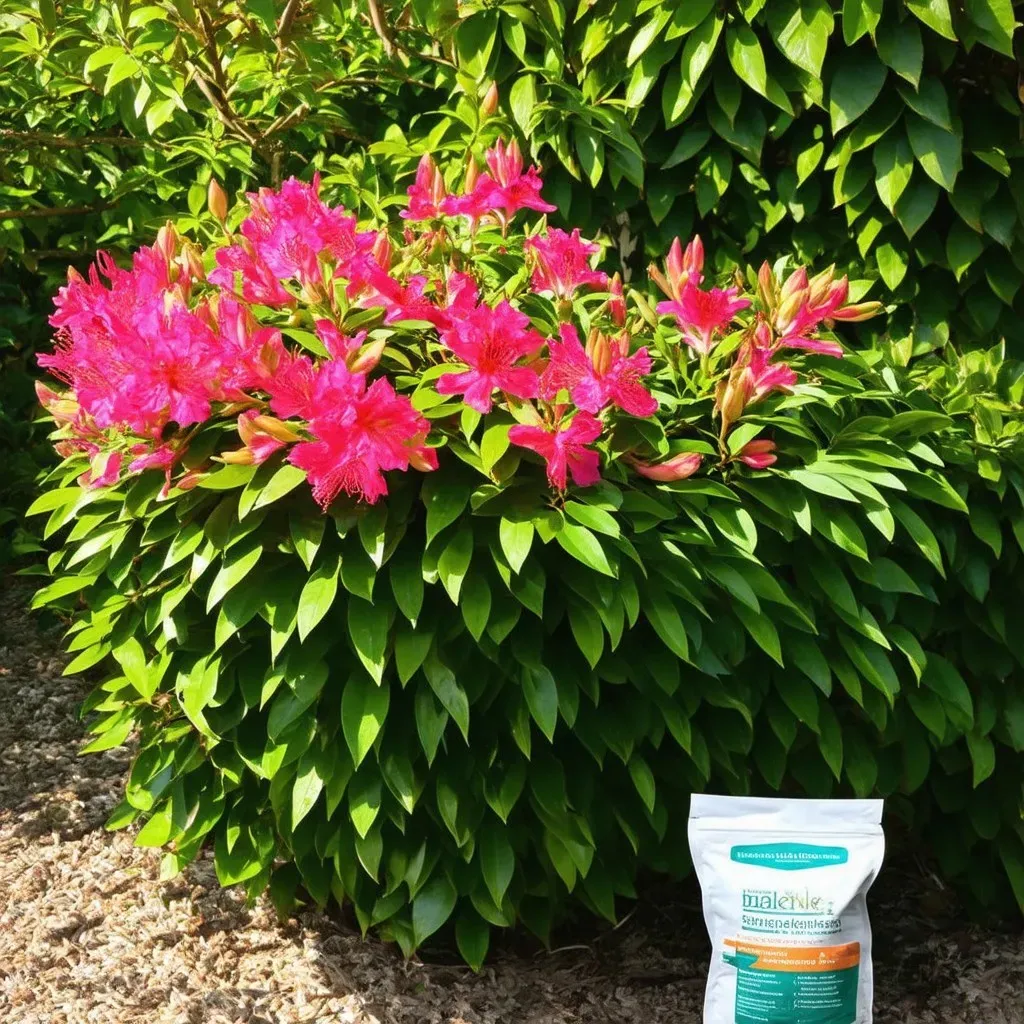When it comes to nurturing spectacular blossoms and lush foliage, using the right azalea plant food can make a world of difference. Understanding how to properly fertilize azaleas—ranging from when to apply it to the ideal nutrients—is essential for any gardening enthusiast looking to keep their azaleas thriving year-round.
Understanding Azalea Nutritional Needs
Azaleas, known for their vibrant colors and stunning foliage, are members of the Rhododendron family and thrive in partial shade and well-drained, acidic soil (pH 4.5 to 6.0). The essential nutrients that your azaleas require include nitrogen (N), phosphorus (P), and potassium (K), which support growth, flowering, and overall health.
Fertilizers Specifically Designed for Azaleas
Using azalea-specific plant food delivers the essential nutrients in the right proportions. Recommended NPK ratios typically range from 10-10-10 to 10-6-8. Here’s a simplified table comparing optimal fertilizer types with their benefits:
| Fertilizer Type | NPK Ratio | Benefits |
|---|---|---|
| Granular Azalea Fertilizer | 10-10-10 | Provides balanced nutrients for overall growth |
| Water-Soluble Plant Food | 15-9-12 | Quick-release nutrients for fast uptake |
| Organic Options (like Compost) | Varies | Improves soil health and adds micronutrients |
Key Fertilizer Facts
- Acidic Fertilizers: Because azaleas thrive in acidic environments, look specifically for fertilizers that cater to acid-loving plants. High sulfur and iron content promotes soil acidity.
- Nutrient Release: Opt for slow-release formulas that provide a steady supply of nutrients over time; this helps avoid the dangers of over-fertilization.
- Frequency of Application: For most azaleas, you should fertilize in late winter or early spring, about 1-2 months before they bloom.
When Should Azaleas Be Fertilized?
| Month | Action |
|---|---|
| February to March | Apply spring fertilizer |
| July | Optional second feeding (if needed) |
| August onward | Do not fertilize—prepare for dormancy |
The best time to fertilize azaleas is usually in early spring, right before the blooming season. However, keep in mind not to apply fertilizers late in the growing season—specifically after July—as new growth stimulated by fertilization can be damaged by winter cold.
How Often Should You Fertilize Azaleas?
Azaleas are considered light feeders. This means while they do require nutrients, they are more sensitive than Other plants; over-fertilization can lead to salt buildup and root damage. It’s advisable to follow the guideline of fertilizing twice a year, in early spring and mid-summer—if necessary.
Dos and Don’ts of Fertilizing Azaleas
Dos:
- Do choose fertilizer specifically for azaleas. This ensures the right nutrient balance.
- Do mulch with organic material, it helps retain moisture and provides gradual nutrient release.
- Do water thoroughly after fertilization to help distribute the nutrients.
Don’ts:
- Don’t fertilize in late summer. It can promote tender growth that is vulnerable to cold.
- Don’t apply raw fertilizer directly to the ground—always mix with the soil.
- Don’t rely solely on fertilizer—healthy azaleas also need proper watering, mulching, and pH maintenance.
Reference Video
FAQs About Azalea Plant Food
What can I use instead of commercial azalea food?
Consider using organic alternatives such as compost or well-rotted manure, which will enhance soil fertility and structure.
Can I use regular garden fertilizer on my azaleas?
While regular garden fertilizers may work in some cases, they are often too high in nitrogen for azaleas and can disrupt their acidic environment.
How can I tell if my azaleas need fertilizer?
Signs include pale leaves, poor bloom development, or generally slow growth. If your soil tests reveal low nutrient levels, fertilization is definitely necessary.
Is it beneficial to feed azaleas in the fall?
It is generally not recommended to fertilize azaleas in the fall, as they enter dormancy and do not utilize nutrients effectively during this time.
Are there any signs of over-fertilization in azaleas?
Yes, over-fertilized azaleas may exhibit leaf burn, with tips of leaves turning brown, and excessive leaf drop. If you suspect over-fertilization, immediate action should be taken to amend the soil.
Conclusion
In summary, using proper azalea plant food can transform your azaleas from average to extraordinary. For more information on azalea care, visit Gardening Know How for expert tips and guides.

By adhering to the guidelines on how and when to fertilize, you can enjoy beautiful blooms that last through multiple seasons. Happy gardening!


With this wealth of information on azalea plant food at your disposal, you’re more than equipped to give your azaleas the love and care they deserve for stunning blossoms come springtime!


